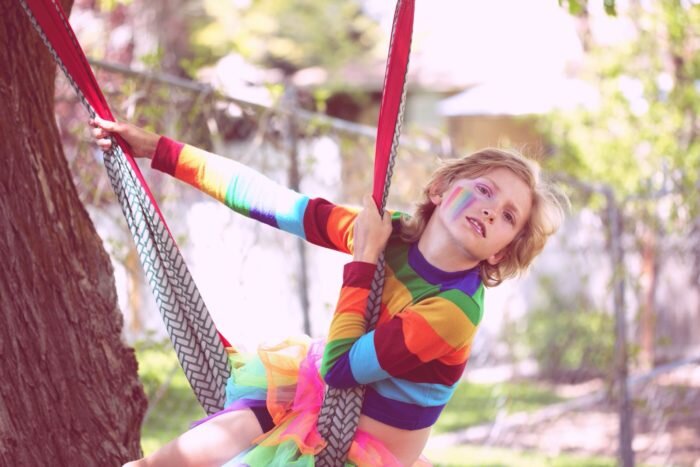A Gender-Inclusive Environment for Your Child
Letting children explore and grow as individuals is an important part of growing up. However, the stereotypes and societal expectations make it challenging for kids to find ways to be true themselves when they’re internalizing messages that they should look, be, or act a certain way. Thankfully, now that these topics are more openly discussed, more resources are available to parents to help their kids embrace who they are. In an effort to further cultivate safe places for children, we’re sharing our top tips on creating a gender-inclusive environment that will allow kids of genders and identifications to explore and learn freely.
Remove Gendered Terminology from Your Vocab
One way to promote a gender inclusive environment for kids is to be conscious of how you use specific words, particularly those that can alter a child’s perception of notable positions, career paths, and future expectations. Switching from using “mankind” to “humankind” or “fireman” to “firefighter” illustrates that these terms and professions are open to everyone, not just males. For more examples like this, the University of Pittsburgh has created very helpful Gender-Inclusive Guidelines. Making small changes in how you speak can go a long way in shaping your child’s perspective. As language is always changing, it’s important to keep looking for opportunities to have a more inclusive vocabulary for your entire family.
Use the Correct Pronouns
Similar to day-to day-language use, gender pronouns play a huge role in the way we communicate. How people identify their gender has been a major shift in our culture, and establishing someone’s pronouns is essential to helping them feel safe in their environment. A simple way to get started is to have a conversation with your kids: Discuss the concept of gender, explain what personal pronouns you use, and open the conversation to ask how they would like to be referred to. Check out this helpful pronoun guide that has some useful FAQs!
Create an Intersectional Reading List
Worried about your kids feeling awkward about discussing their personal gender identifications? Take the pressure off by including intersectional reading into their book selection. Depending on the age of your child, keep an eye out for books that have pictures and a narrative that can help further explain gender. 20 Intersection Kids’ Books is a great resource for finding books to put on your reading list and can provide the tools necessary to help your children learn more.
Establishing an Neutral Environment
The environment in which we grow up influences the rest of our lives. From our names to what we wear as children, every decision made by the child’s family determines who they are. If you’re looking to make your home more gender-inclusive, try avoiding colors, activities, or other situations that are traditionally associated with “girls” and “boys.” Encourage your children to embrace their passions, whether your son loves pink and princesses or your daughter prefers blue and racecars. This New York Times article shares more information on how we can avoid imposing gender on a growing mind.
Planning on putting these tips into practice? Tag SmartSitting in your Facebook and Instagram posts so we can see and share your posts on our channels. Looking for more tips on creating healthy environments for children? Make sure you sign up for our newsletter for all the latest info coming from our team.

